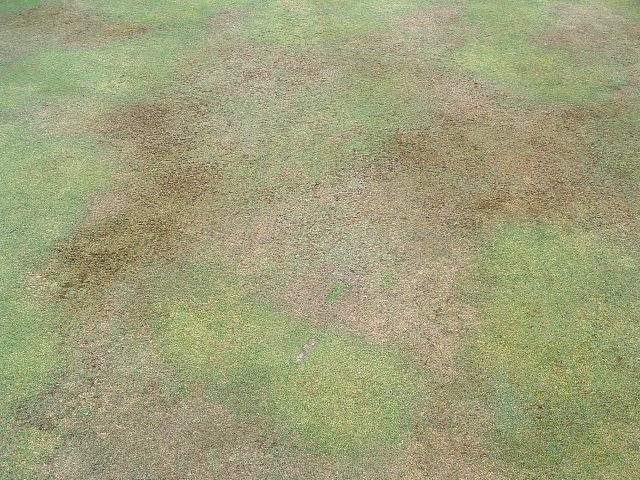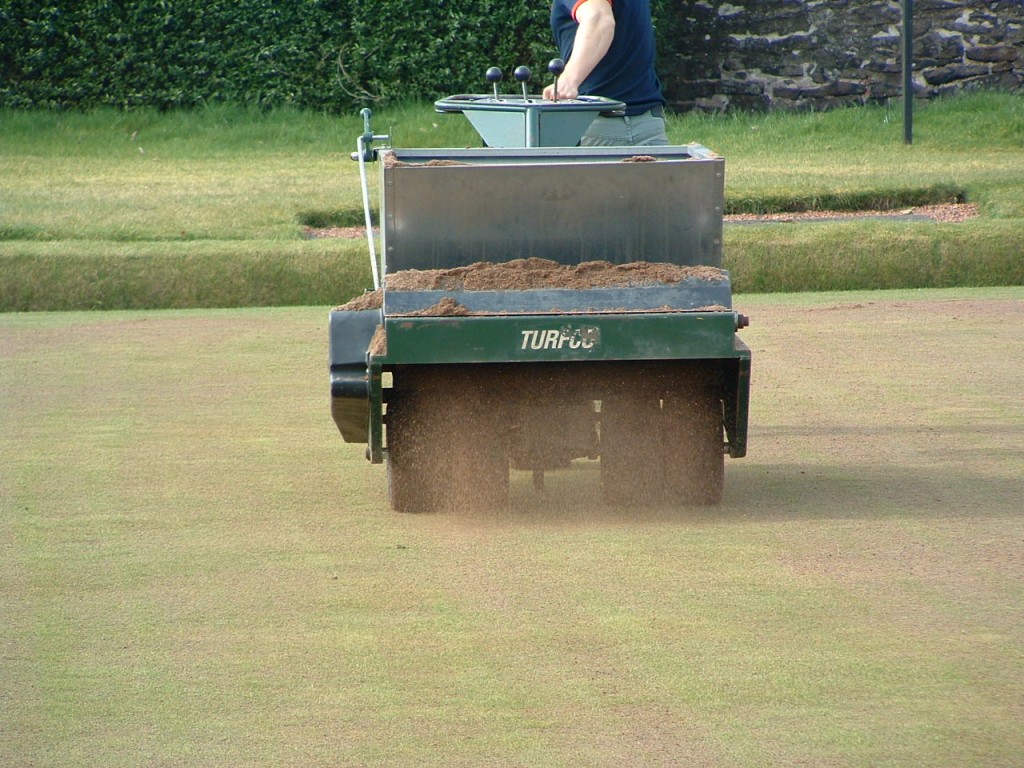Localised Dry Patch typically rears its ugly head in June in the UK, but by then it is way too late to do anything about it. Once your green is displaying the large brown patches of desiccated grass and powder dry soil beneath, no amount of watering or wetting agent will bring it back fully this year. Now is the time to inspect your green and deal with it permanently.



